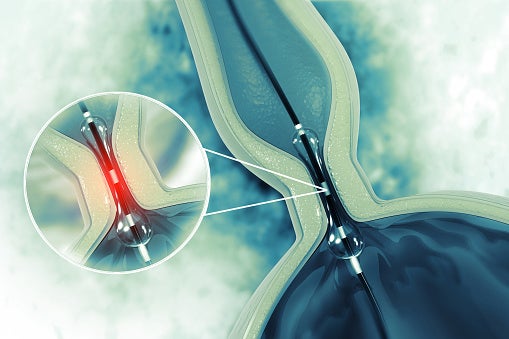
In today’s medical landscape, understanding your treatment options is crucial. One area that has made significant strides is vascular interventional radiology (VIR). This field plays a vital role in diagnosing and treating various conditions affecting blood vessels and organs. In this blog, we will explore what vascular interventional radiology is, the conditions it treats, its benefits, what to expect during a procedure, and important considerations for patients.
What is Vascular Interventional Radiology?
Vascular interventional radiology is a specialized branch of medicine that uses imaging techniques to guide minimally invasive procedures. Interventional radiologists are trained physicians who perform these procedures using advanced technology, such as X-rays, ultrasound, and CT scans. Unlike traditional surgery, which requires large incisions, VIR involves small punctures, allowing for faster recovery and less discomfort.
Conditions Treated by Vascular Interventional Radiology
VIR is effective for treating various conditions, including:
- Aneurysms: vulnerable areas in blood vessel walls that have the potential to burst.
- Peripheral Artery Disease (PAD): A condition where narrowed arteries reduce blood flow to the limbs, causing pain.
- Varicose Veins: Enlarged veins often visible under the skin, which can lead to discomfort and swelling.
- Blood Clots: Clots that can form in veins and arteries, leading to serious complications.
- Tumors: VIR can target tumors in organs like the liver and kidneys, offering treatment options that might be less invasive than traditional surgery.
These conditions can significantly impact a patient’s quality of life, and VIR offers a range of treatment options to address them effectively.
Benefits of Vascular Interventional Radiology
One of the most significant advantages of vascular interventional radiology is that it is minimally invasive. Here are some key benefits:
- Less Pain: Because VIR involves smaller incisions, patients experience less pain compared to traditional surgical procedures.
- Faster Recovery: Most patients can return home the same day or the next day after the procedure, allowing them to resume normal activities more quickly.
- Reduced Scarring: Smaller incisions mean less visible scarring, which is often a concern for patients.
- Shorter Hospital Stays: Many VIR procedures can be done on an outpatient basis, meaning patients spend less time in the hospital.
These benefits make VIR an attractive option for many patients seeking effective treatment.
What to Expect During a VIR Procedure
If your doctor recommends a vascular interventional radiology procedure, here’s what you can expect:
Preparation
Before the procedure, your doctor will provide specific instructions. You may need to fast for a certain period, especially if sedation is involved. Be sure to inform your healthcare team about any medications you’re taking and any allergies you have.
During the Procedure
On the day of the procedure, you will be taken to a special room equipped with imaging technology. You will typically receive local anesthesia or sedation to ensure you are comfortable. The interventional radiologist will use imaging guidance to insert a thin tube called a catheter into a blood vessel. The catheter is then guided to the treatment area, where the doctor can perform the necessary intervention.
Post-Procedure Care
After the procedure, you will be monitored for a short time in a recovery area. Most patients can go home the same day, but you may need a friend or family member to drive you. Your doctor will give you instructions for post-procedure care, including how to manage any discomfort and when to schedule follow-up appointments.
Risks and Considerations
While vascular interventional radiology is generally safe, it’s important to be aware of potential risks. These may include:
- Bleeding: Although minimal, there can be bleeding at the site of catheter insertion.
- Infection: As with any procedure, there is a risk of infection, but it is rare.
- Allergic Reactions: Some patients may have reactions to contrast materials used during imaging.
Discuss any concerns you have with your healthcare provider. They can help you weigh the benefits and risks to make an informed decision.
Conclusion
Understanding vascular interventional radiology empowers patients to make informed choices about their healthcare. From its minimally invasive techniques to its effectiveness in treating various conditions, VIR offers numerous benefits that can enhance your quality of life. If you’re facing a vascular condition, consider discussing the options available through vascular interventional radiology with your healthcare provider.
If you’re looking for high-quality care, Midas Care Clinic is known for its expertise in vascular interventional radiology and other medical services. As one of the best diagnostic centers in Vasai, they can provide you with comprehensive care tailored to your needs. Your health is essential, and being informed is the first step toward better outcomes.

